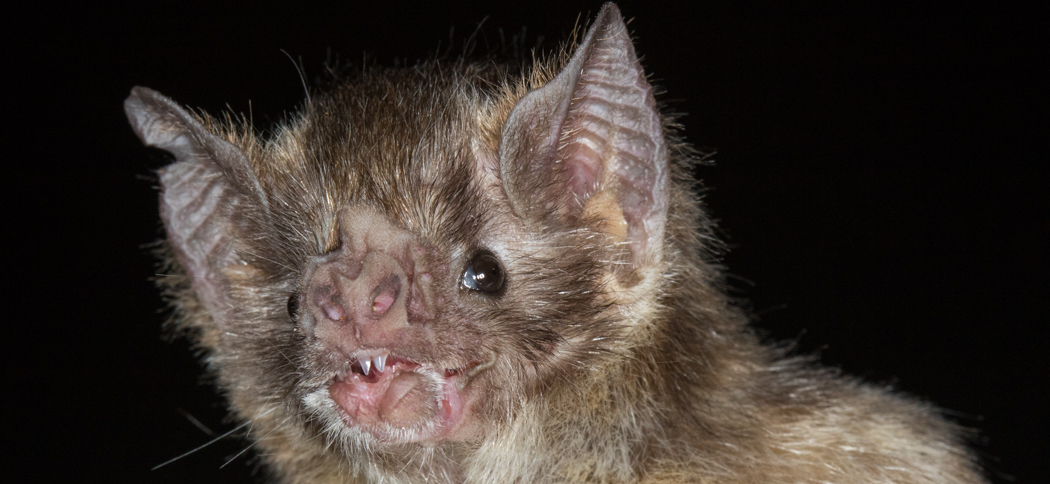
Strange Tails
We're delighted to have a strong population of strange-tailed tyrants at the reserve. So much so that we've adopted these beautiful and endangered birds as the symbol of the Trust
The growing diversity of the animals of Reserva Don Luis is a fresh source of delight every time we return. We don't play favourites, but it's impossible not to engage more with some of our more conspicuous guests. One of these is the strange-tailed tyrant. The male is stoic in his tolerance of one of nature's strangest - and it would seem least practical - adaptations. He's willing to suffer to be beautiful, and somehow manages to fly with tail feathers that were surely designed for a bird three times his size.
We love his perseverance; his resolution to succeed against challenge, and his ability to prove that anything is possible. He's appearing in growing numbers on the Reserva Do Luis, and his success has become an allegory for, and a symbol of, our own.
When we started the process of updating and redesigning our website, we wanted to adopt an image that symbolised our aims and our challenges. This brave little flycatcher, with his indomitable character, was the perfect choice.
The logo is a stylised profile of a male tyrant, silhouetted against the sunrise. We coloured the sun the blue of the Argentinian flag in honour of this country's beauty, its climate and the breathtaking span of magnificent animals that it nurtures.

Bat Research
Our bat team is conducting bat research both in the Ibera Marshes and in other provinces. We are especially concentrating on Misiones at the moment where we find the largest bat in Argentina, Chrotopterus auriitus and Myotis ruber, two species that we are researching.

Desmodus rotundus
Common Vampire Bat
Desmodus rotundus is common at Reserva Don Luis and we often catch it in our nets if they are placed close to the ground. It is a member of the family Phyllostomidae and is sangivorous (consumes blood). Its common name is Common Vampire Bat.
They usually roost in tree holes in a small colony and at nightfall seek out large mammals such as cattle from which to extract blood. They make a tiny incision with their razor sharp incisors and inject an anti-coagulant to make the blood flow. They then lap a small amount of this blood - around 2mm and the host mammal does not usually feel anything. They are associated with rabies, although only around 0.5% carry this virus, and as such are hated by cattle ranchers.
It is a large muscular bat of around 50g, pale brown/grey in colour with a long thumb that has three pads on it. Its ears are short and well seperated and it does not have a tail, only a small, narrow uropatagium. It is similar to Diamus youngii but can be distinguished by the lack of a white-wing tip and the fact that it has three thumb pads instead of two.

